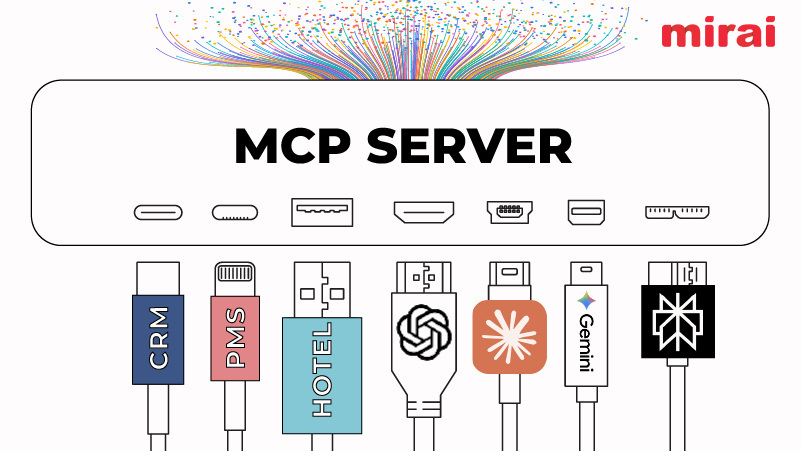In the pre-internet era, compsets were primarily defined by two main factors: the same geographic area and the same star rating.
NB: This is an article from Cloudbeds, one of our Expert Partners
Subscribe to our weekly newsletter and stay up to date
Once they were identified, the focus was on pricing. Hoteliers would perform a daily call-around, phoning nearby hotels posing as potential guests to inquire about rates and availability so they could benchmark their own prices.
The second era of compsets started when the internet brought online travel agencies (OTAs) and online bookings, making competition more dynamic. Between 1995 and 2018, the global hospitality industry more than tripled in size, growing from $522 billion to $1.86 trillion. Competition for hotels grew, and prices started to fluctuate more as revenue management systems made pricing strategies more sophisticated.
Although hotels used a rate shopping tool to keep track of compset rates automatically across all sales channels, the basic elements of compsets didn’t change.
However, as the market grew and evolved, this model started to show its limitations:
Overreliance on historical data
Traditional comp sets were rarely updated and relied heavily on historical data, such as past pricing, occupancy rates, and guest reviews. This lack of flexibility failed to account for changes that would make old compsets less relevant, such as shifts in demand, new competitors entering the market, or historical competitors changing their strategies.
Overemphasis on the geographic area
Traditional approaches assumed guests only considered hotels in close proximity. However, as traveling became more accessible, the decision processes changed. Modern travelers are often flexible regarding destinations and may compare properties located in different neighborhoods, cities, or even continents.
Outdated value metrics
While the relationship between price and perceived value is still a deciding factor, what value means to travelers has changed. As McKinsey highlights, in the old days of traveling, destination came first. After that, the deciding factor was the level of accommodation, identified by star rating, while experiences—what to do once arrived and the overall vibe of the hotel—were an afterthought.
However, in modern traveling, experiences have a much bigger influence on perceived value and willingness to pay. For example, luxury travelers are looking for exclusivity or personalized service, not just star rating.
A new era of compsets
With today’s technology and access to data, hotels can redefine their compsets by integrating data from multiple sources.
Property management systems (PMS) reveal booking patterns and occupancy trends, while customer relationship management (CRM) systems provide insights into guest demographics and preferences.
Point of sale (POS) data highlights which amenities appeal to different market segments, and distribution data shows which competitors frequently appear alongside your hotels across OTAs and metasearch sites.
Additionally, guest feedback and sentiment analysis can reveal shifting traveler priorities, such as increasing demand for pet-friendly stays or coworking spaces.
AI and machine learning take this data a step further, enabling dynamic compsets that adjust in real time based on several key factors:





